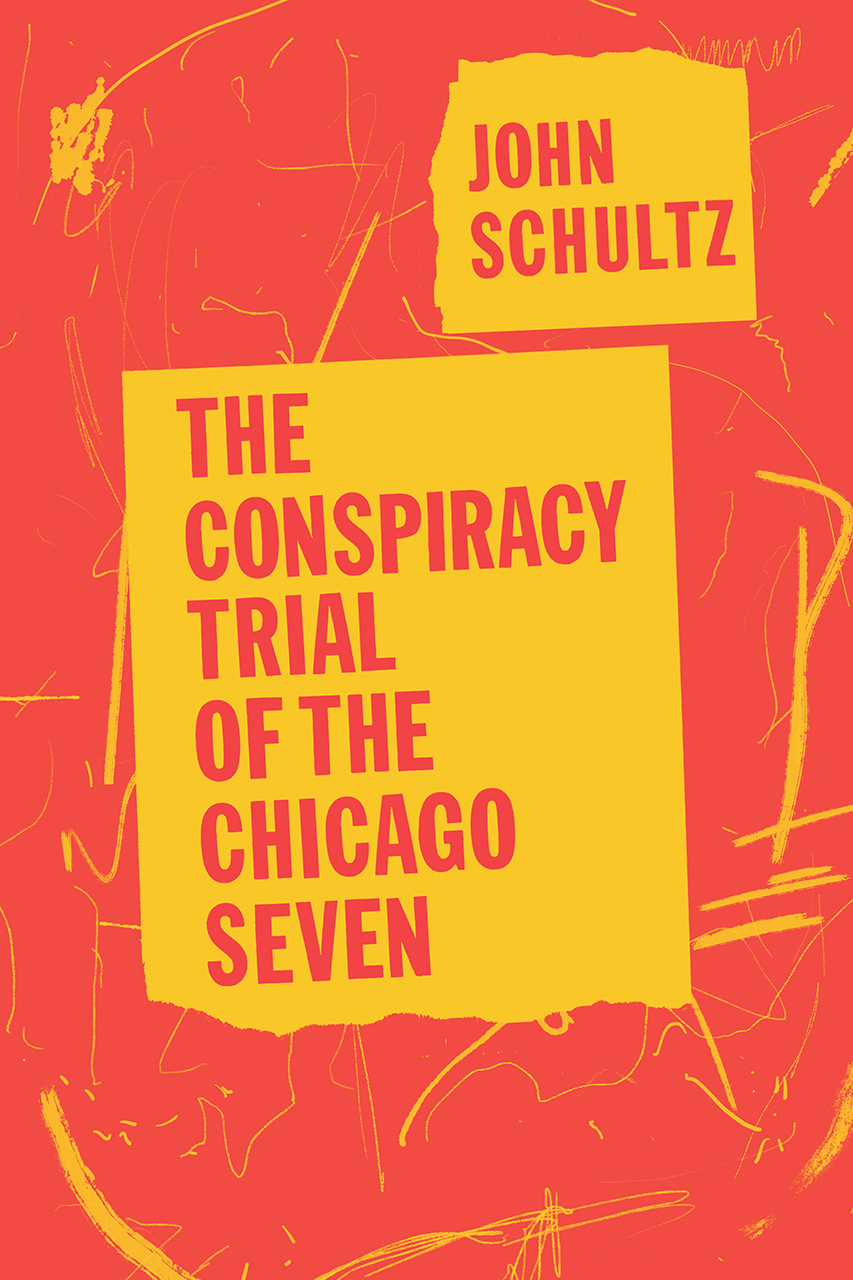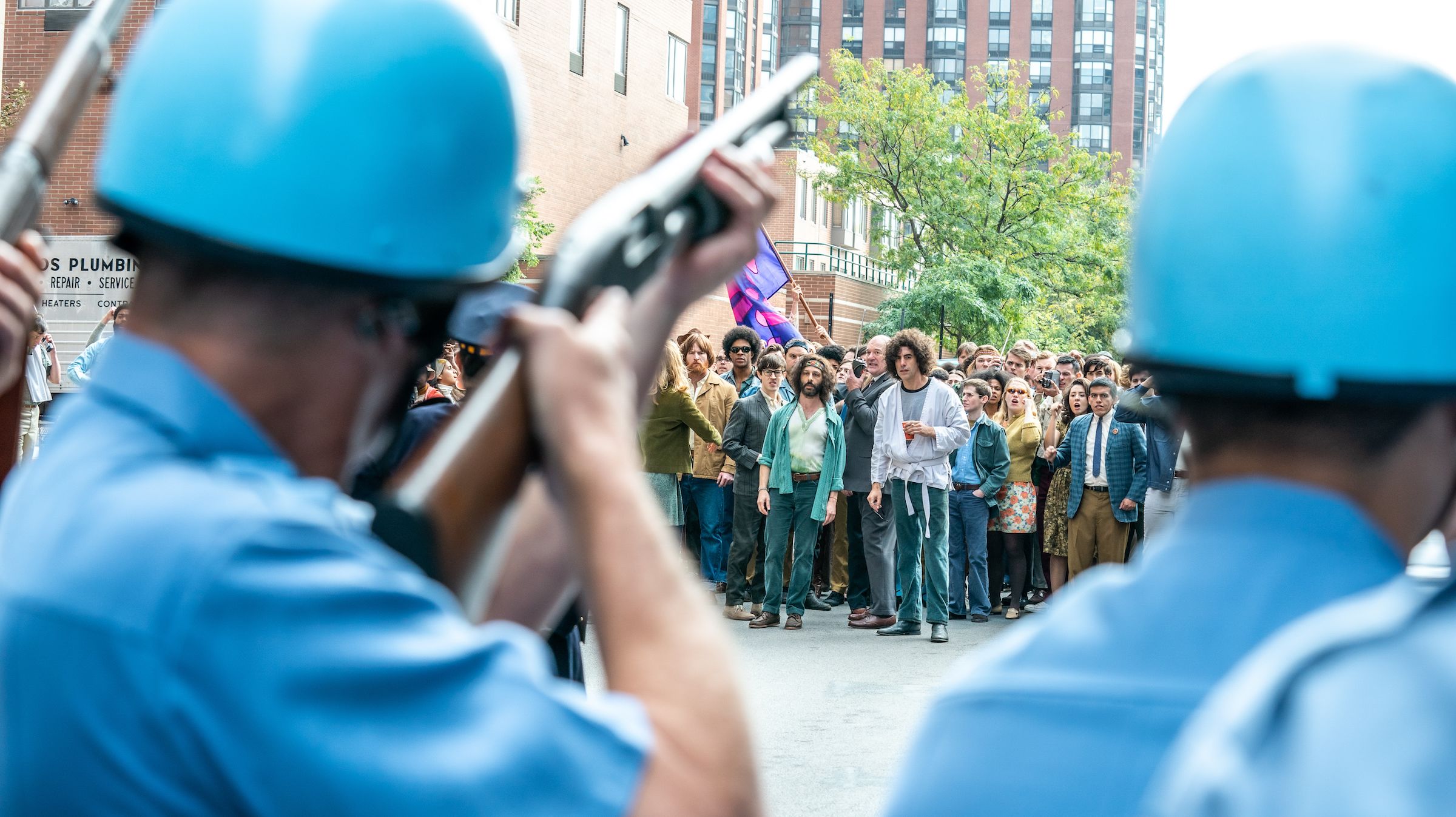
Hayden is depicted in the film as being the most noble character, along with prosecutor Richard Schultz. He portrays Hoffman’s politics as antithetical to his idea of “winning”. Sorkin also channels a disdain for the hippie counterculture politics of Abbie Hoffman by using Hayden. Instead of showing the Black Panthers as radicals with a Black nationalist and revolutionary ideology, they are shown as being “angry Black people without a cause”. The way in which Sorkin depicts Seale and the Black Panthers is another example.
#Chicago seven trial
Hosts of the left-wing podcast, Citations Needed, Adam Johnson and Nima Shirazi criticise Sorkin’s tendency to do what they call “Both Sidesing” an issue: It is not the system of power that is the problem, but bad actors within the system, such as a bad judge or prosecutor, who just needs to be more noble and less overbearing.Įven when The Trial of the Chicago Seven does show the police’s overbearing tactics and FBI infiltration, this issue is played off for laughs, and not shown as seriously as such state repression deserves to be depicted: For example, when the FBI’s Cointelpro program to undermine and destroy various radical movements of the 1960s was exposed. However, while absorbing and very watchable, the film suffers from Sorkin’s liberalism, which strips the 1960s of its radicalism and reduces the period to an aesthetic of riots, tear gas and police brutality, without interrogating the ideas and forces inspiring the movements of the time.

The Trial of the Chicago Seven accurately depicts the Chicago police’s brutality in attacking protesters during the convention, the racist treatment of Seale, the antagonistic attitude of the judge, and the overbearing treatment and tactics by police, the government and the FBI. The grounds were that the judge had been biased in his refusal to allow the defence lawyers to screen prospective jurors for cultural and racial bias. However, by November 1972, these charges were overturned by the United States Seventh Circuit Court of Appeals.

However all, except Weiner and Froines, were convicted and sentenced to five years in prison for crossing state lines to cause a riot. Eventually, the judge is forced by the defence to grant a mistrial in Seale’s case.Īt the end of the trial, on February 18, 1970, the Chicago 7 defendants were acquitted of conspiracy charges. The judge ordered Seale to be bound and gagged, a scene shown in all its brutality in the film, although in the actual trial, Seale was bound and gagged for three days, not one. Seale was originally indicted with the other seven defendants, but his lawyer, Charles Garry, was in hospital with a gall bladder condition when the trial began, so was unable to appear in court.Īfter motions to delay the trial were denied by Judge Hoffman, Seale continued to protest the continued denial of his right to counsel, which is both unconstitutional and illegal.

The defendant who suffered the greatest injustice during the trial was Black Panther leader, Bobby Seale (Abdul-Mateen II).

Throughout the trial, the defendants and their lawyers continually clashed with Judge Julius Hoffman (Langella), who was antagonistic to the defendants and cited them for contempt of court 176 times by the trial’s end. These were the words of civil rights lawyer, William Kunstler (played by Rylance), while defending his clients - known as the Chicago 7 - during their 1969-70 trial on charges arising from protests outside the 1968 Democratic Party convention.Īward-winning director Aaron Sorkin ( West Wing and Molly’s Game) has brought history to life in The Trial of the Chicago Seven, when the Richard Nixon administration indicted Abbie Hoffman (Cohen), Tom Hayden (Redmayne), David Dellinger (Lynch), Jerry Rubin, Rennie Davis, Lee Weiner and John Froines, and subjected them to a show trial aimed at intimidating the rising anti-war, counterculture, new left and Black power movements. Black Panther freed after 27 years in jail


 0 kommentar(er)
0 kommentar(er)
